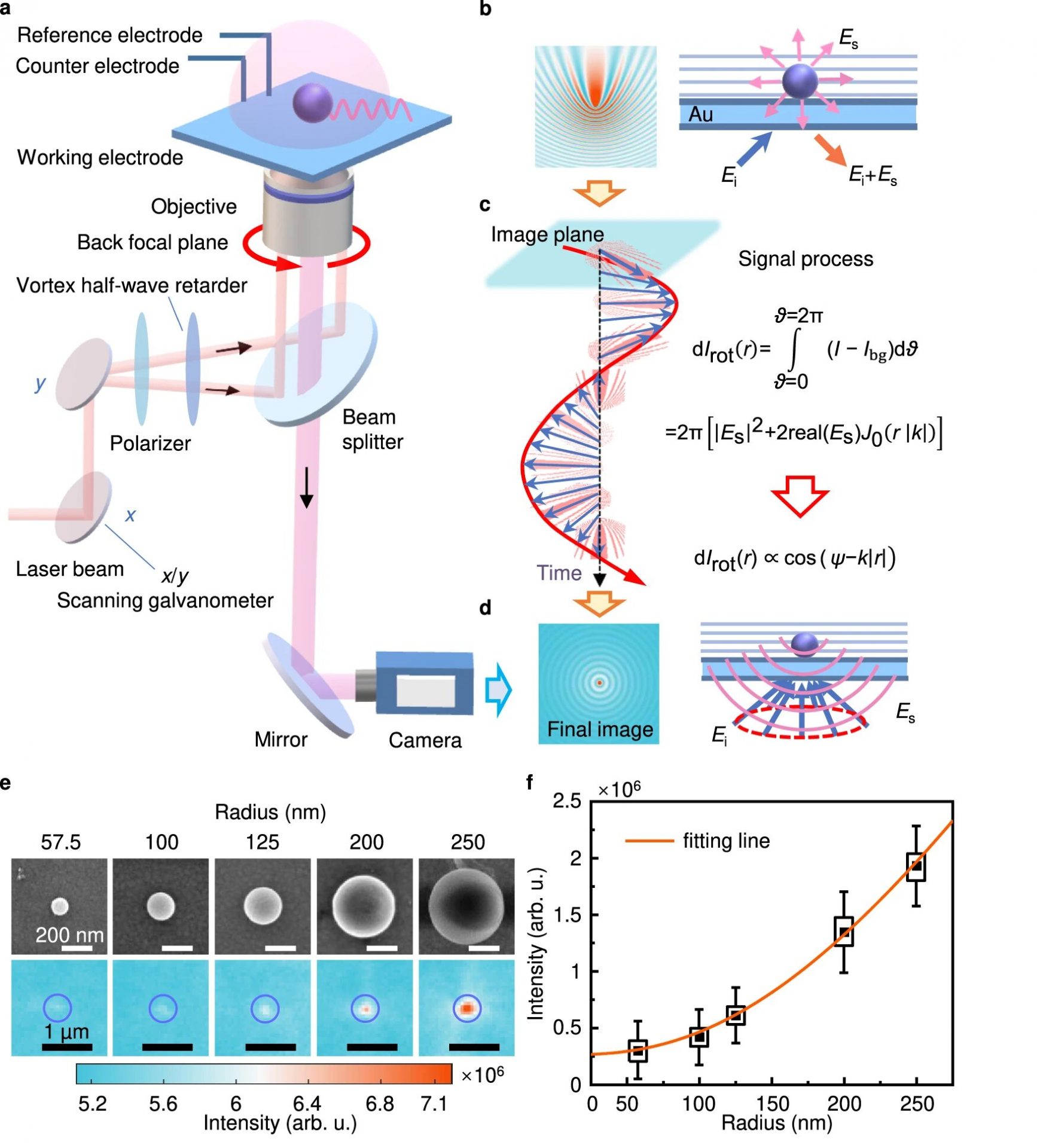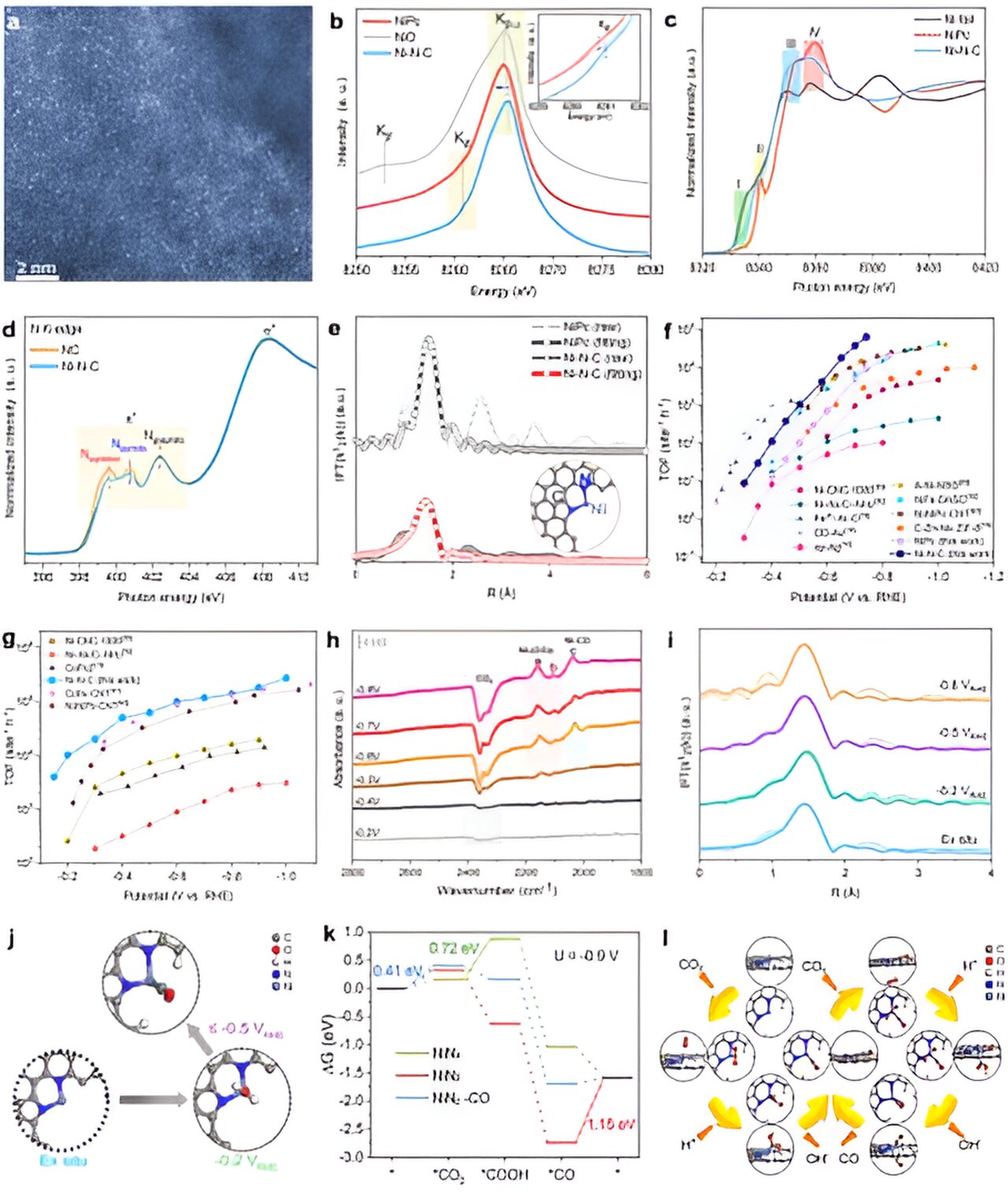A groundbreaking discovery has been made by Prof. Liu Xianwei and his research team from the Department of Environmental Science and Engineering at the University of Science and Technology of China. Their latest research, titled “Dynamic Imaging of Interfacial Electrochemistry on Single Ag Nanowires by Azimuth-modulated Plasmonic Scattering Interferometry,” has been published in the prestigious journal Nature Communications.
Their research focuses on the catalytic conversion of pollutants, a crucial technique in water pollution control. Understanding the dynamic changes of active sites in environmental catalytic materials during the pollutant conversion process is essential for developing new environmental catalysts and deciphering the catalytic mechanism.
However, studying the dynamic progression of reactions at the interface of individual nanomaterials in mild aqueous environments has been challenging. To overcome this obstacle, Prof. Liu and his team developed a high-resolution plasmonic scattering interferometric imaging technique. By modulating the incident light, they achieved surface plasmonic scattering interferometric imaging with high spatial resolution and robust anti-interference capabilities.
Using silver as an example, the research team tracked the dynamic electrochemical transformation process of a single silver nanowire in solution. They were able to spatially inscribe the distribution of the nanowire reaction and establish the relationship between the nanowire surface defects, reconfiguration, and reaction activity.
This label-free imaging analysis method can be integrated with electron microscopy to characterize the structure and chemical composition of nanomaterials. It provides an effective analytical method and technological platform for high-resolution in situ imaging of pollutant catalytic conversion dynamics and deciphering their structure-activity relationships.








